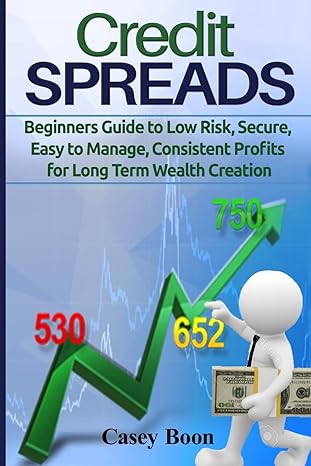Question
1. A portfolios expected return is 12%. Its standard deviation is 20%, and the risk-free rate is 4%. Which of the following would make for
1. A portfolios expected return is 12%. Its standard deviation is 20%, and the risk-free rate is 4%. Which of the following would make for the greatest increases in the portfolios Sharpe ratio?
a. An increase of 1% in expected return.
b. A decrease of 1% in the risk-free rate.
c. A decrease of 1% in its standard deviation.
2. A project has a 70% chance of doubling your investment in a year and a 30% chance of halving your investment in a year. What is the standard deviation of the rate of return on this investment? What is the expected value?
3. There is a 50% chance of a bull market and a 50% chance of a bear market. During a bull market, Caviar Inc. stock returns a 50% gain and Potato Corp. stock returns a 25% loss. During a bear market, Caviar Inc. returns a 25% loss and Potato Corp. returns a 50% gain.
a. What is the expected return of Caviar Inc.?
b. What is the expected return of Potato Corp.?
c. Calculate the variance for each stock.
d. How does the expected return of a portfolio including only these two stocks change as the proportion of the stock changes?
e. How does the variance of those portfolios change as the proportion changes?
Step by Step Solution
There are 3 Steps involved in it
Step: 1

Get Instant Access to Expert-Tailored Solutions
See step-by-step solutions with expert insights and AI powered tools for academic success
Step: 2

Step: 3

Ace Your Homework with AI
Get the answers you need in no time with our AI-driven, step-by-step assistance
Get Started


